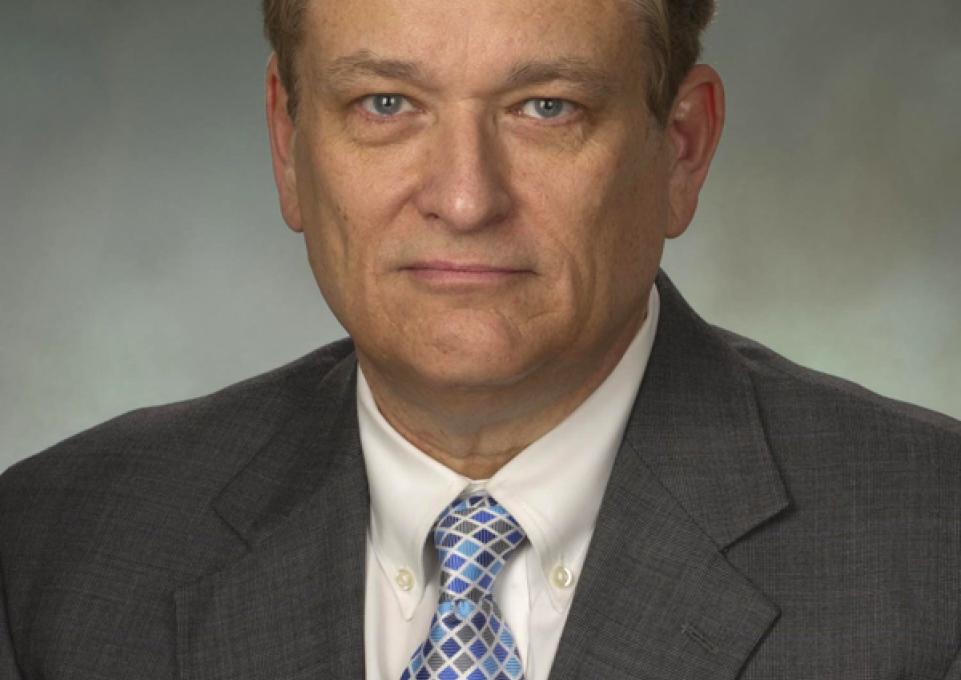
When Ted Byrley, associate professor of economics and finance, talks about economics, it’s anything but dismal. He lights up when he talks about macroeconomics—the unemployment rate, the GDP, the Federal Reserve, and the other phenomena used to discuss the U.S. economy. He appears to have a great deal of fun trying to make sense of the stock market, viewing it through both conventional and unconventional lenses.
Byrley attended the University of Cincinnati. There he earned a bachelor’s in finance; an MBA; and a master’s and a Ph.D. in monetary theory.
Not satisfied, he went on to become a chartered financial analyst (CFA), a credential recognized globally. “Most CFAs work for investment houses like J.P. Morgan or Goldman & Sachsor for investment management firms such as Vanguard." said Byrley. "Or they run exchange-traded funds (ETFs) or manage mutual funds. New York City has more than 5,000; Toronto has about 3,000.” Buffalo, he said, has about 50 CFAs.
CFAs use econometrics and other tools in their practice. Econometrics is the application of math, statistics, and computer models to economics.
“My own models of the stock market are divided about its direction,” he said. “Two models say get out, one says stay in. Personally, I think it’s a dangerous time for investors because there is a horrendous amount of liquidity, and, at the same time, this market is long past due for a significant correction. Thanks to the quantitative easing policy of the last few years, commercial banks have more than $2.6 trillion in excess reserves they are unsure what to do with.”
The S&P Index, the oldest index for which economists and analysts have continuous data, goes back to 1874. “It has been flat for some time, along with the other major indices,” said Byrley. He suggested that reinvigorating a long-defunct entity, the Postal Savings System, might be one way for conservative savers to earn more interest than banks pay without taking on the risks of the stock market.
That’s just one of the many ideas that Byrley entertains. “CFAs have many little techniques for doing technical analyses,” he said. “We try to figure out when the market is ready to turn around, using ideas and tools like moving average, the Elliott Wave, candlesticks, shooting stars, dark cloud cover, soldiers, black crows…” The last term, he said, came out of the rice trade 200 years ago.
Still, what every investor wants to know is the future. So how does Byrley think the Fed’s much-anticipated interest hike will affect the market?
“It’s anybody’s guess,” he said. “But there will be plenty of explanations after the fact.”
